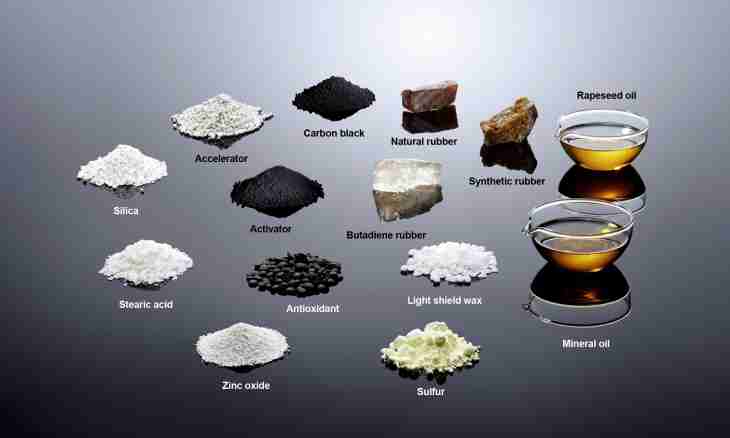What mysterious substances which are called carbonates are? How to distinguish carbonates, for example, during practical work, laboratory trial, in construction and even in kitchen? Everyone is familiar with these substances literally, only not everyone focuses the attention on them. And they surround us everywhere – baking soda (sodium hydrocarbonate), a usual piece of chalk and marble (calcium carbonate), potash (potassium carbonate).
It is required to you
- Carbonates: chalk, marble, baking soda, water, lemon and hydrochloric acids, test tubes
Instruction
1. Reagent on carbonates are hydrogen ions, that is it is enough to carry out reaction with acid which will visually show existence a carbonate ions. For this purpose practically any diluted acid, for example salt will approach.
2. Recognition of carbonates in solid substances. Pour 5 ml of hydrochloric acid in a test tube and lower in it several small peas of chalk (limestone). With the same amount of acid add marble pieces to other test tube. In both test tubes there will be an instant chemical reaction, namely, "boiling up" which testifies about existence a carbonate ions. Instant reaction happens owing to formation of coal acid which at once decays on carbon dioxide (carbon oxide IV) and water. Emitted carbon dioxide also gives effect of "boiling up".
3. Recognition of carbonates in solution. Take 2 ml of solution of a carbonate of potassium and flow to it the same amount of the diluted hydrochloric acid. Also "boiling up" in the form of release of carbon dioxide will be observed. To make sure that it is really carbon oxide (IV), previously close a test tube a stopper with an exhaust tube which miss through lime water. Transparent solution will dim for the account, again formed carbonate.
4. Recognition of carbonates in cookery. The reaction, well familiar if at least once it was necessary to observe a sacrament of baking of pies with soda use. In the recipe it is written "take a half-teaspoon of soda and put out it citric or acetic acid". Soda just represents a carbonate (or the hydrocarbonate is more right) sodium for which clearing it is necessary to take solution of citric acid. Allocation of "vials" of carbon dioxide will be observed. Thanks to this process, crust rises and becomes thick. The same process is the cornerstone of some pastries if instead of acid to use fermented milk product, for example, kefir and to add to it baking soda. Thus, it is possible to distinguish carbonates, having even "culinary" skills.

